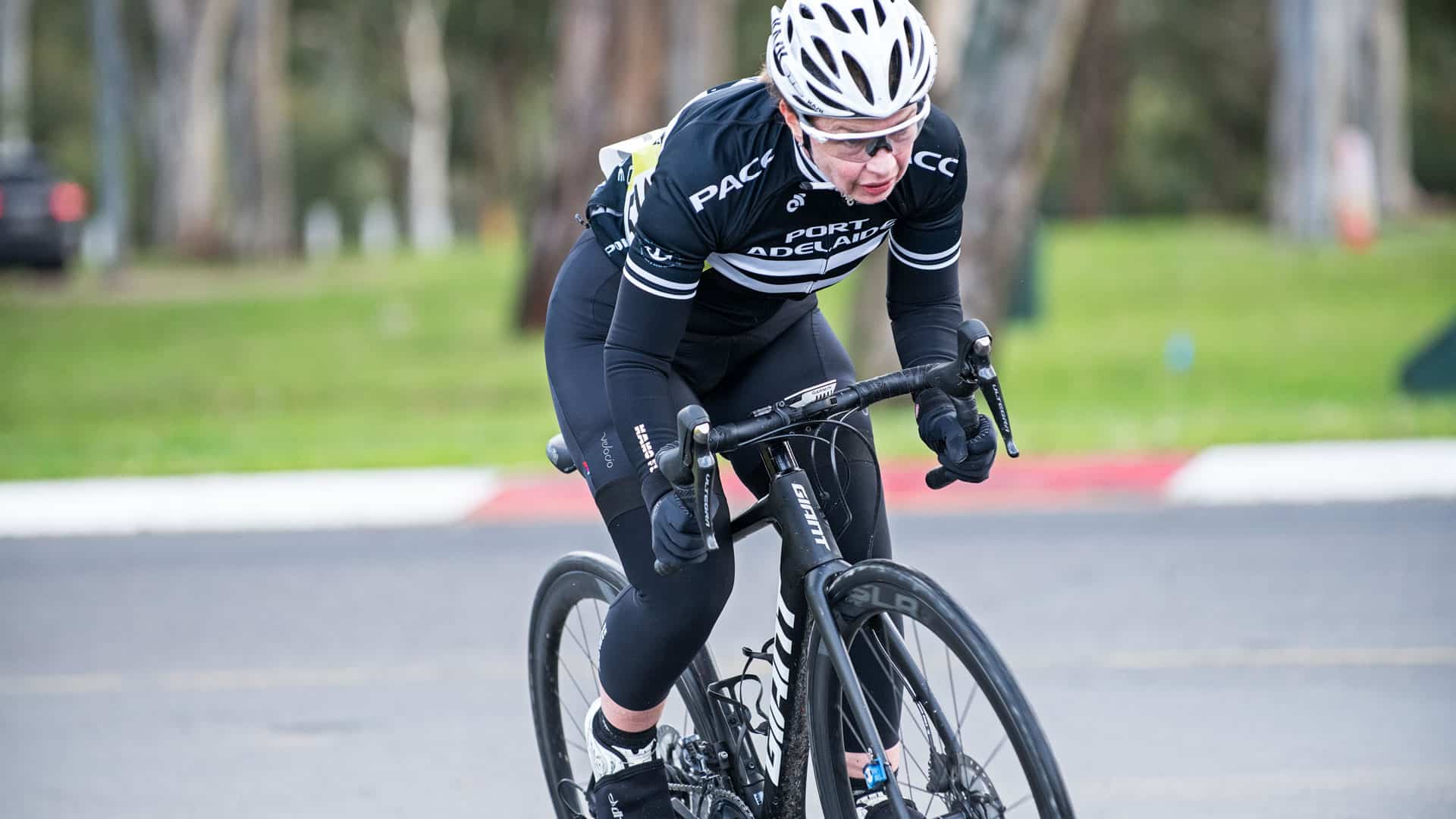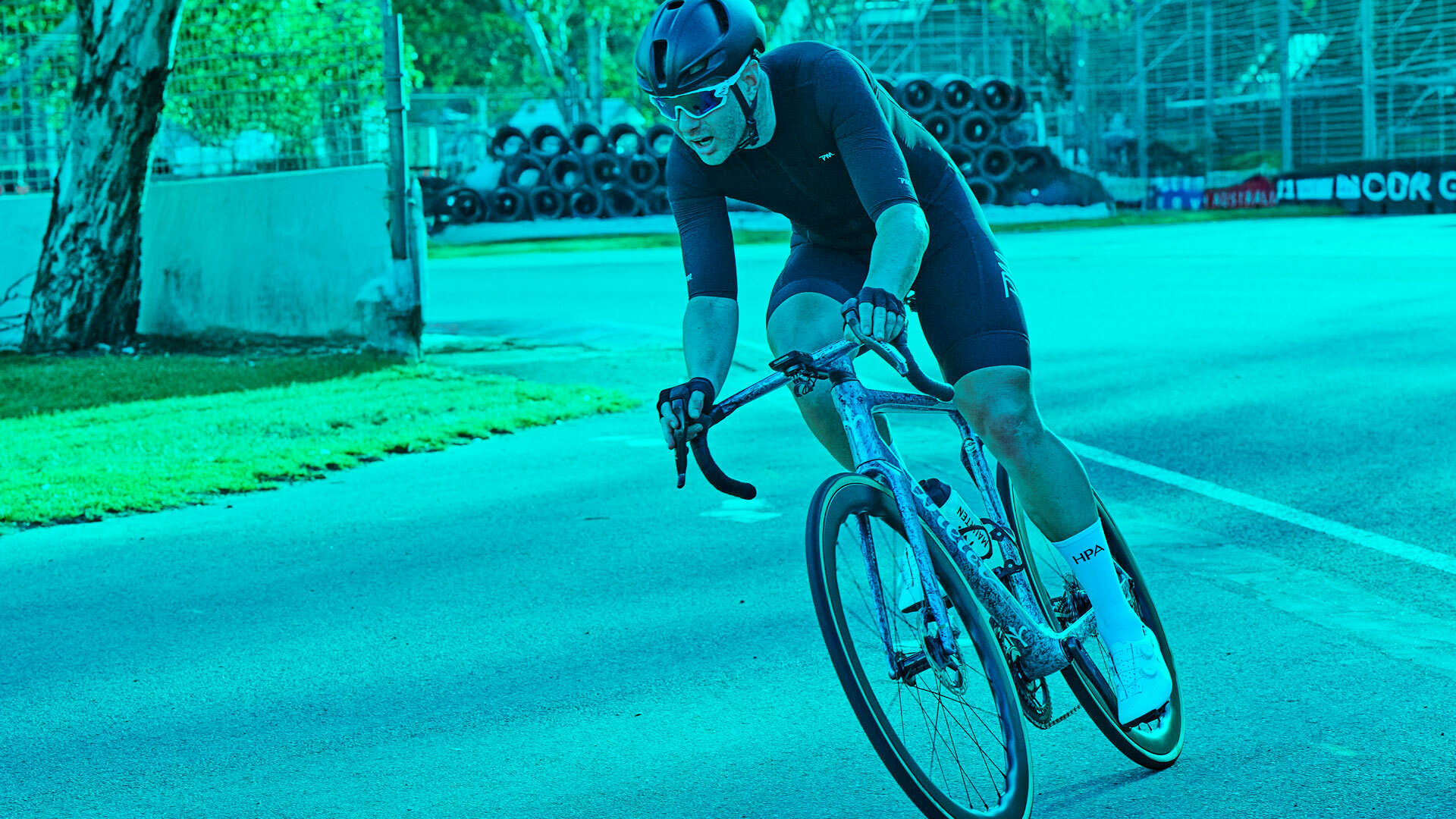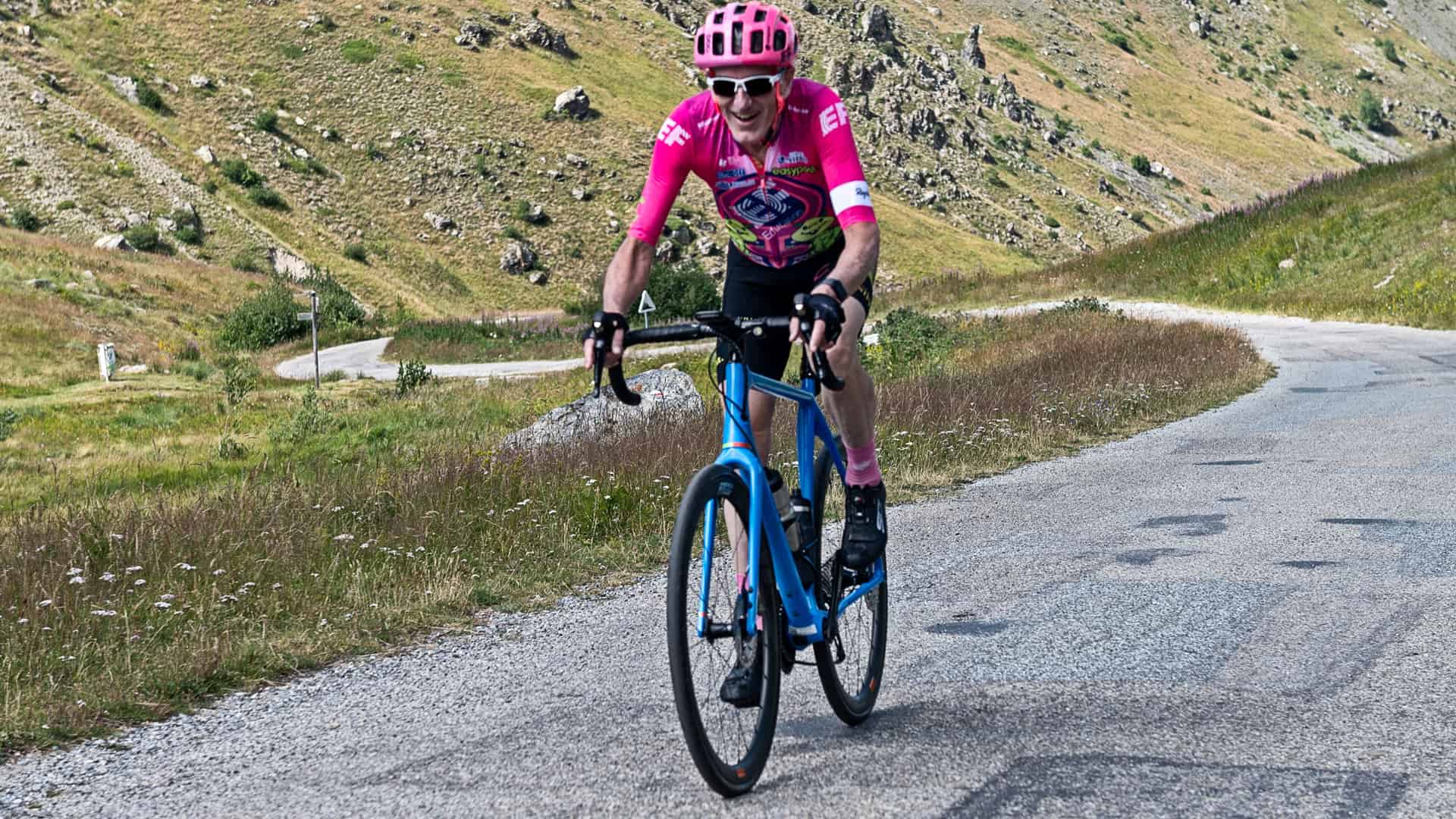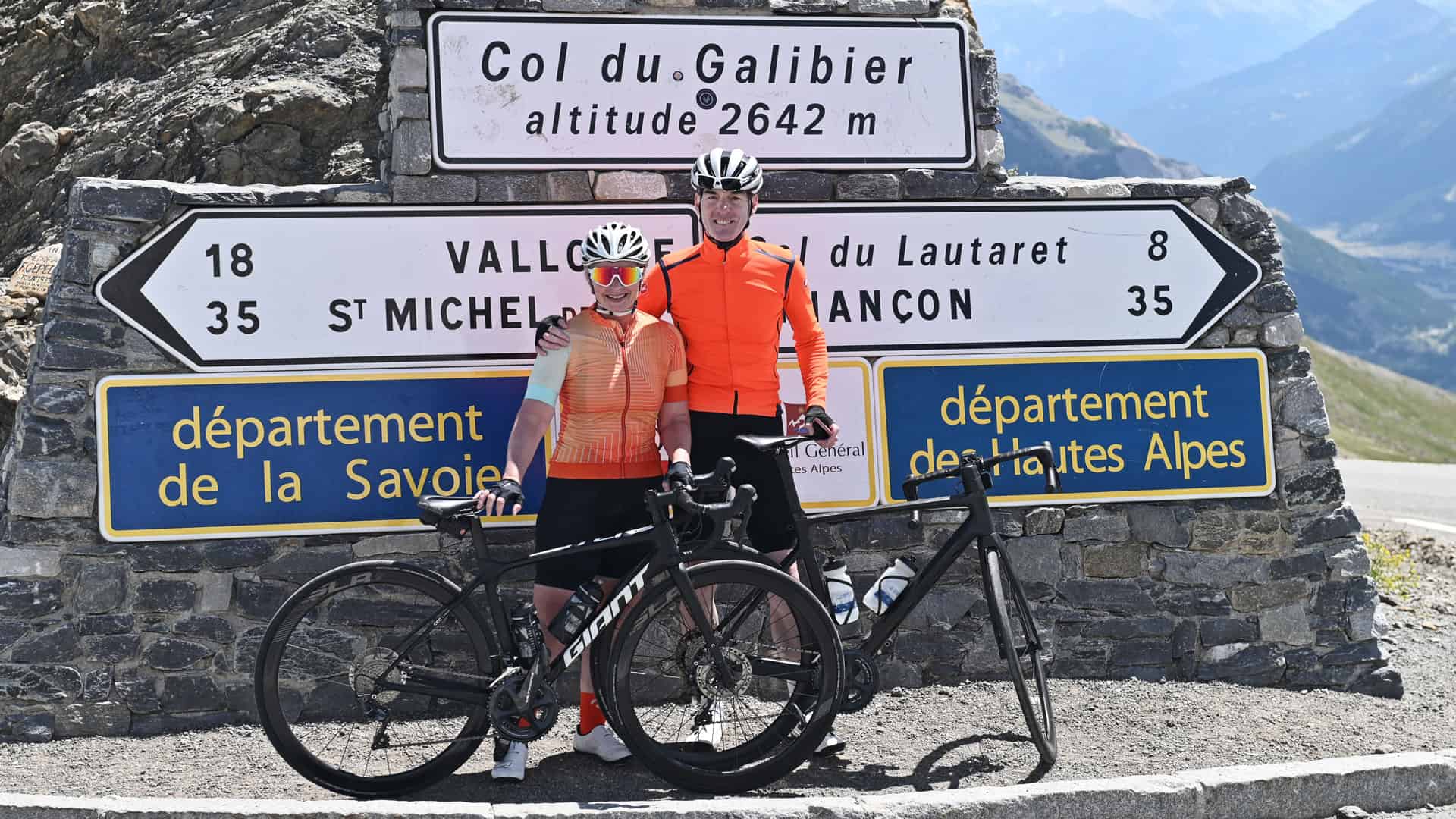As a dedicated cycling coach specializing in athletes over 50, I focus on creating tailored training programs that help my clients achieve optimal fitness, vitality, and performance well into their later years. Cycling isn’t just a sport; it’s a lifestyle that evolves with age, requiring personalised strategies to optimise health and performance while addressing unique challenges and goals specific to this demographic.
Understanding Unique Challenges
Athletes over 50 face distinct challenges that require thoughtful consideration and specialised approaches to training. Genetic predispositions, accumulated over decades, can impact cardiovascular health and overall well-being. Conditions like familial hypercholesterolemia highlight the importance of dietary adjustments and targeted exercise to mitigate risks and promote heart health. Similarly, past lifestyle choices, such as engaging in high-impact sports or enduring high-stress careers, may lead to conditions like osteoarthritis or increased cardiovascular risk factors in later years.
Regular health screenings are essential for athletes over 50 to detect early signs of health issues that could impact training effectiveness and overall performance.
Adapting Training for Longevity
Transitioning from a time-crunched career phase to retirement often provides more time for training and pursuing personal fitness goals. However, effectively managing this newfound freedom requires careful planning to prevent overtraining and injuries. Customised training programs focus on maintaining and enhancing crucial aspects of physical fitness, including VO2 max, muscle mass, and joint health. These elements are vital not only for improving performance but also for extending healthspan and ensuring an active and fulfilling lifestyle.
Motivational Shifts and Goals
Motivation evolves with age, influencing how older athletes approach their training and set their goals. While younger athletes may be driven by competitive aspirations and external achievements, such as winning races or setting personal records, athletes over 50 often prioritise longevity and overall well-being. Goals shift towards maintaining fitness levels that support a high quality of life and enable participation in lifelong activities. This shift in focus guides training strategies that emphasise holistic fitness, injury prevention, and sustainable progress over purely performance-based metrics.
Managing Risk and Safety
With age comes a natural decline in risk tolerance, which significantly influences training choices and event participation among older athletes. Strategies for managing risks include adapting training environments to enhance safety and using conservative strength training methods to minimise the risk of injury. Whether cycling on roads or trails, safety remains paramount in sustaining long-term enjoyment and participation in the sport.
Summary
Age-appropriate cycling training is not only about enhancing performance but also about promoting overall health and well-being. Fitness plays a pivotal role in ageing well, offering resilience against illnesses and injuries while maximising physical capabilities and longevity. For athletes aged 50 and above, personalised coaching ensures tailored strategies that optimise health, performance, and enjoyment of cycling for years to come.
Ready to elevate your cycling performance? Book a free call with me to discuss whether you are a good fit for my coaching program and how I can create a personalised coaching plan to help you achieve your goals.





